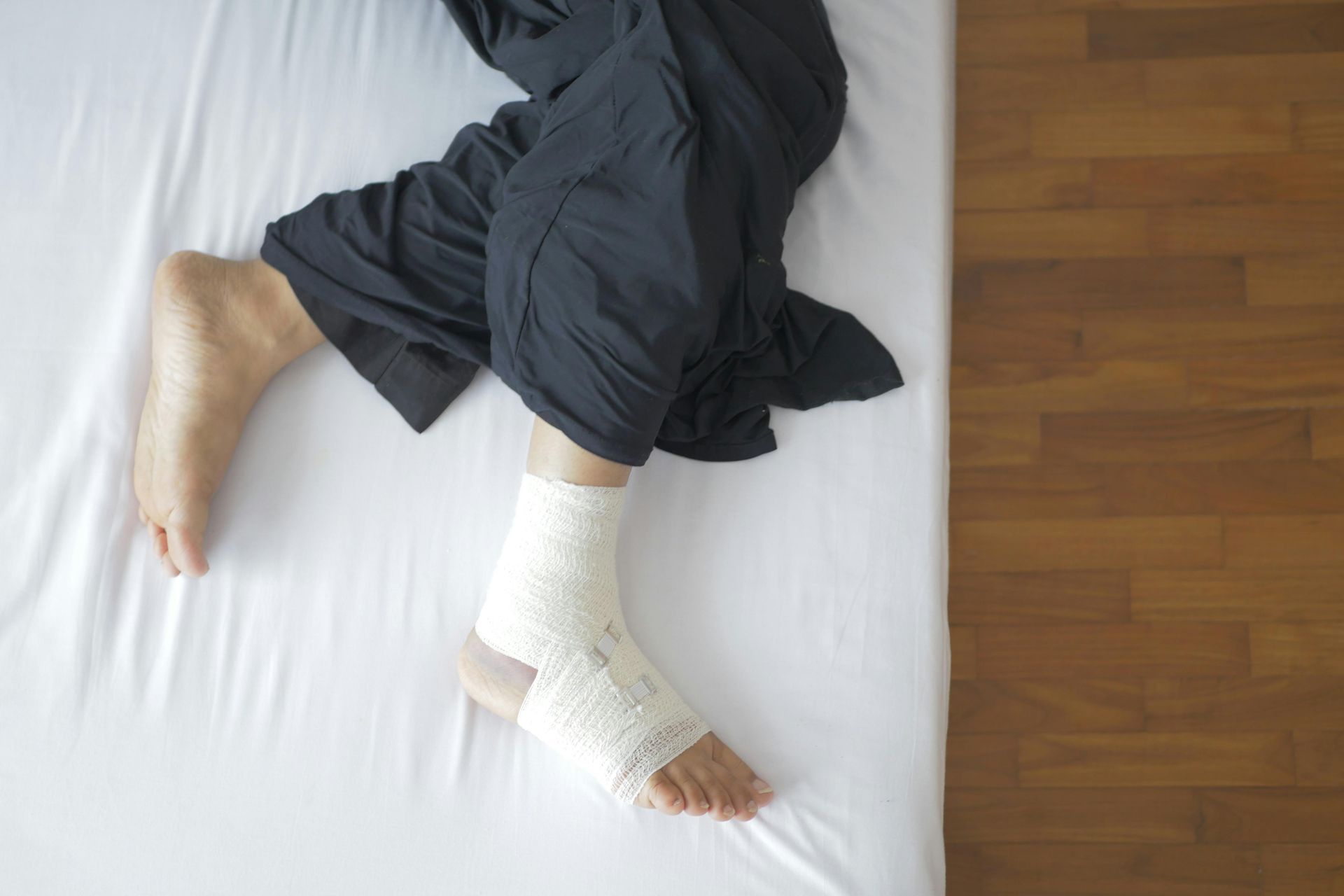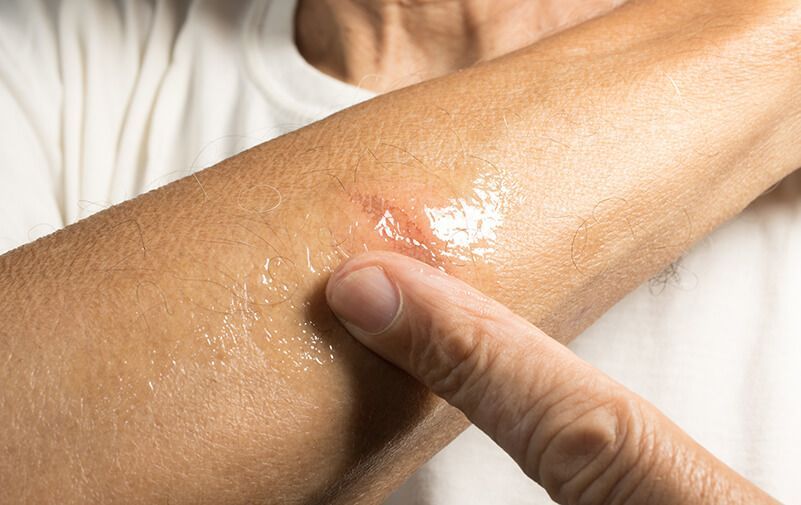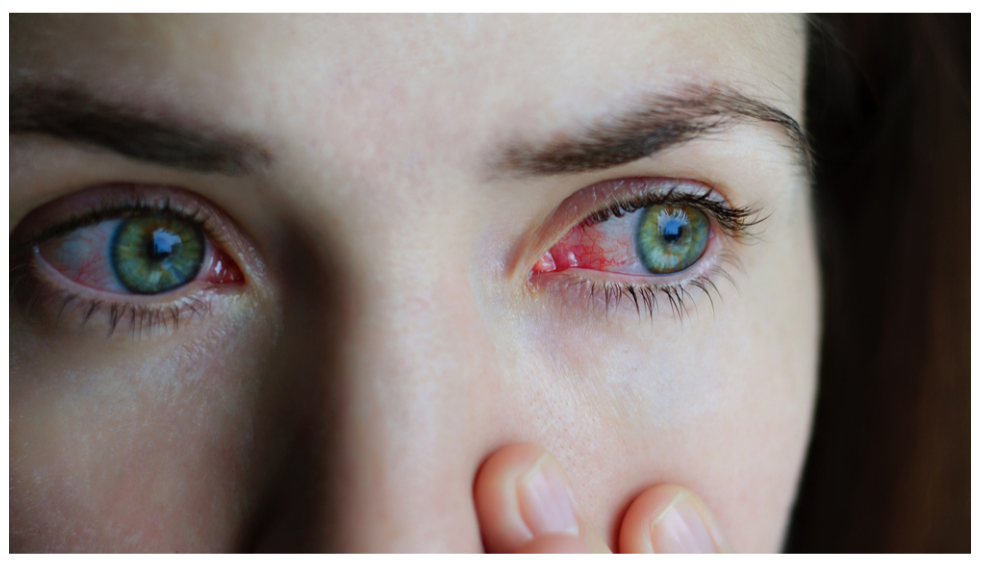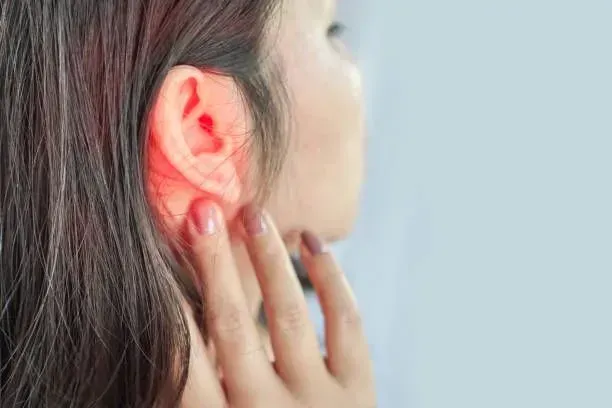Sprain or Fracture? Knowing When to See an Urgent Care Doctor
Injuries to the bones, joints, and ligaments can happen unexpectedly, whether during sports, a fall, or even a minor accident. When pain, swelling, and difficulty moving the affected area occur, many people face a common question:
Is it a sprain or a fracture?
Determining the severity of the injury is crucial for proper treatment and recovery. Urgent care clinics are an excellent option for addressing mild injuries like sprains and fractures.
But how do you know when to seek urgent care versus handling the situation at home?
Understanding the differences between sprains and fractures, recognizing symptoms that require urgent medical attention, and knowing treatment options can help you make an informed decision about your care.
Sprain vs Fracture Symptoms
What Is a Sprain?
A sprain occurs when the ligaments, the tough bands of tissue connecting bones to each other, are stretched or torn. Sprains are most common in the ankles, wrists, and knees. These injuries can range from mild to severe, depending on how much damage has occurred to the ligament.
Common Symptoms of a Sprain
- Pain around the joint
- Swelling and bruising
- Difficulty moving or bearing weight on the affected joint
- A “popping” sensation at the time of the injury
For mild sprains, rest, ice, compression, and elevation (R.I.C.E.) can often alleviate symptoms, but severe sprains may require medical evaluation and treatment.
Read this next: Most Common Conditions Treated in Urgent Care Clinics: A Comprehensive Guide
What Is a Fracture?
A fracture is a break or crack in a bone and can range from a small hairline fracture to a complete break. Fractures are typically caused by direct trauma, falls, or repetitive stress on a bone.
Common Symptoms of a Fracture
- Severe pain that worsens with movement or pressure
- Swelling, bruising, or deformity around the injured area
- Inability to move the affected limb or bear weight
- A grinding or snapping sound at the time of injury
- Visible bone protrusion in severe cases
Fractures usually require immediate medical attention and diagnostic imaging to determine the extent of the injury.
How to Tell the Difference Between a Sprain and a Fracture

While some symptoms of sprains and fractures overlap, there are key differences to help you distinguish between the two.
- Pain Severity: Fractures typically cause intense, sharp pain, while sprains result in milder, more localized discomfort.
- Deformity: If the injured area looks visibly misaligned or deformed, it is likely a fracture.
- Swelling: Both injuries can cause swelling, but fractures often result in severe bruising or a noticeable lump.
- Mobility: A complete inability to move or bear weight on the injured area is often a sign of a fracture.
If you’re unsure about the nature of your injury, seeking professional evaluation at an urgent care clinic is a prudent choice.
When to See a Doctor for a Sprain and Fracture
Urgent care centers are equipped to handle many types of musculoskeletal injuries, making them a convenient alternative to the emergency room for non-life-threatening cases.
Visit Urgent Care If:
- Pain and swelling persist despite at-home treatment.
- You suspect a sprain or minor fracture but the injury doesn’t involve large bones like the thigh or upper arm.
- The affected area is swollen, discolored, or difficult to move.
- The injury occurred during a weekend or evening when your primary care provider is unavailable.
Urgent care centers often provide diagnostic imaging, such as X-rays, to confirm the type and severity of the injury. These facilities can offer timely treatment, including immobilization, pain management, and referrals to specialists if necessary.
Read this next: Your Ultimate Guide to Locating the Best Urgent Care Near You
When to Go to the Emergency Room
Certain injuries require immediate attention at an emergency room rather than an urgent care clinic.
Head to the ER If:
- The bone is visibly protruding through the skin (open or compound fracture).
- The injury involves a large bone like the femur, pelvis, or spine.
- There is severe bleeding or signs of infection.
- The injured area is numb, cold, or turning blue, indicating restricted blood flow.
- The injury results from a high-impact event like a car accident or falls from a significant height.
The American Academy of Orthopaedic Surgeons (AAOS) provides additional guidance on when to seek emergency care for bone and joint injuries.
Diagnosis and Treatment at Urgent Care
Urgent care doctors follow a thorough approach to assess and treat sprains and fractures.
Diagnostic Process
- Physical Examination: The doctor will check for pain, swelling, and deformity.
- Imaging Tests: X-rays are commonly used to confirm a fracture or rule one out. Severe sprains may also warrant imaging.
Treatment Options
- For Sprains:
- Rest, ice, compression, and elevation (R.I.C.E.)
- Over-the-counter pain relievers like ibuprofen or acetaminophen
- Splints or braces to stabilize the joint
- Physical therapy for severe cases
- For Fractures:
- Immobilization with a cast, splint, or sling
- Pain management with prescription or over-the-counter medication
- Referral to an orthopedic specialist for complex fractures
Recovery and Prevention
Healing Time
- Sprains: Mild sprains may heal within a few days, while severe sprains can take several weeks and may require physical therapy.
- Fractures: Simple fractures typically take six to eight weeks to heal. Complex fractures or those requiring surgery may take longer.
Injury Prevention
Taking steps to prevent injuries can significantly reduce the risk of sprains and fractures.
- Stay Active: Regular exercise strengthens muscles and improves joint stability.
- Use Protective Gear: Wear proper footwear and protective equipment during physical activities.
- Warm Up: Stretch and warm up before exertion to enhance flexibility.
- Keep Areas Safe: Remove clutter and ensure good lighting in walkways to prevent falls.
Why Choose Urgent Care for Sprains and Fractures?

Urgent care centers offer numerous advantages for treating sprains and fractures.
- Convenience: Many locations have extended hours, including evenings and weekends.
- Shorter Wait Times: Urgent care clinics often have shorter wait times than emergency rooms.
- Cost-Effectiveness: Treatment at urgent care is generally less expensive than an ER visit.
Walk-in Today
When faced with a painful joint or bone injury, knowing whether it’s a sprain or fracture can be challenging. While mild sprains may be manageable at home, fractures and severe sprains often require professional care. Urgent care clinics provide a convenient, cost-effective option for diagnosing and treating these injuries, ensuring will get the treatment you need quickly and safely.
If you’ve sustained an injury and are unsure of its severity, don’t hesitate to check in to our clinic at UrgiClinic Urgent Care. Our prompt evaluation and treatment can prevent complications and help you get back on your feet faster.








If you believe you have a medical urgent situation, please call 911
Hours: Open 7 Days a Week, from 9 AM to 9 PM
LEGAL LINKS
Quick Links
Contact Us
Phone: (708) 788-5088
Fax: (708) 575-7177
Email: care@urgiclinic.com
Address: 7124 W 83rd St Unit C, Bridgeview, IL 60455
All Rights Reserved | UrgiClinic Urgent Care





